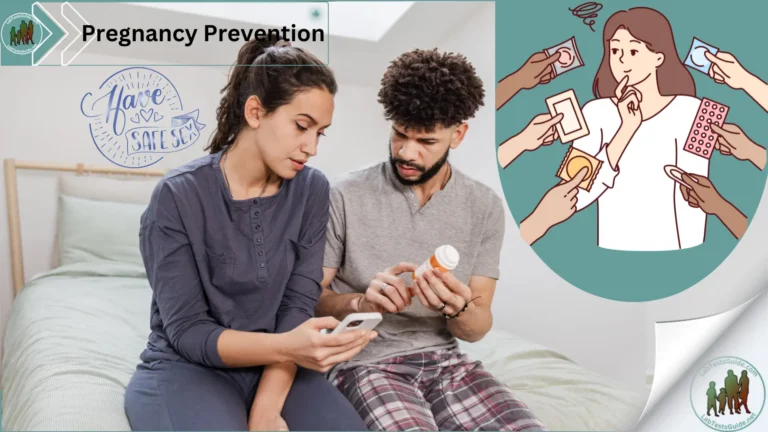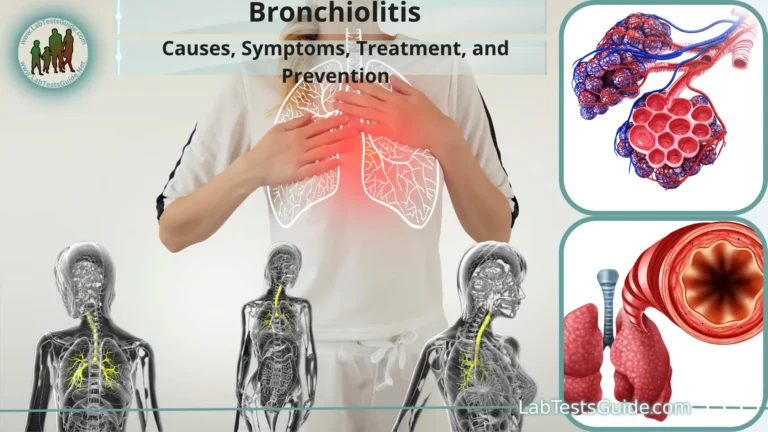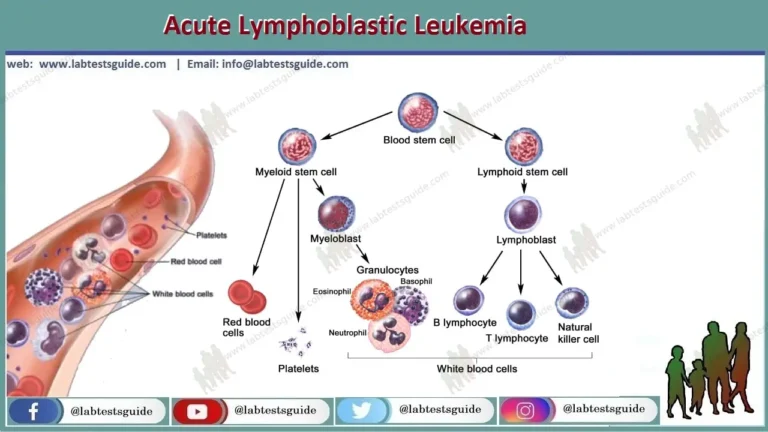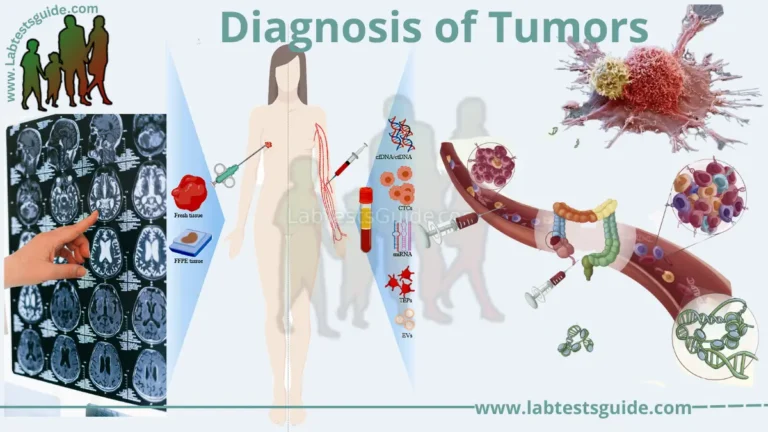Tuberculosis (TB) is caused by bacteria called Mycobacterium tuberculosis. The bacteria usually attack the lungs, but TB bacteria can attack any part of the body, such as the kidneys, spine, and brain. Not everyone infected with TB bacteria gets sick. Therefore, there are two conditions related to TB: latent TB infection (LTI) and TB disease. If not treated properly, TB disease can be fatal.

Difference Latent TB Infection and TB Disease
Not all people infected with the TB bacteria get sick. As a result, there are two conditions related to TB: latent TB infection and TB disease.
latent tuberculosis infection
TB bacteria can live in the body without making you sick. This is called latent tuberculosis infection. In most people who inhale TB bacteria and become infected, the body is able to fight the bacteria to keep it from growing. People with latent tuberculosis infection:
- have no symptoms
- don’t feel sick
- You cannot spread the TB bacteria to others
- Usually has a positive TB skin test reaction or a positive TB blood test
- They can develop TB disease if they do not receive treatment for latent TB infection
TB disease
TB bacteria become active if the immune system cannot stop them from growing. When TB bacteria are active (multiplying in your body), this is called TB disease. People with TB disease are sick. They can also spread the bacteria to people they spend time with every day.
Many people who have latent TB infection never develop TB disease. Some people develop TB disease soon after infection (within a few weeks) before their immune system can fight off the TB bacteria. Other people can get sick years later when their immune system is weakened for another reason.
| Latent TB Infection | TB Disease |
|---|---|
| Has no symptoms | Has symptoms that may include: i. A bad cough that lasts 3 weeks or longer ii. Pain in the chest iii. Coughing up blood or sputum iv. Veakness or fatigue v. Weight loss vi. No appetite vii. Chills viii. Fever ix. Sweating at night |
| Does not feel sick | Usually feels sick |
| Cannot spread TB bacteria to others | May spread TB bacteria to others |
| Usually has a skin test or blood test result indicating TB infection | Usually has a skin test or blood test result indicating TB infection |
| Has a normal chest x-ray and a negative sputum smear | May have an abnormal chest x-ray, or positive sputum smear or culture |
| Needs treatment for latent TB infection to prevent TB disease | Needs treatment to treat TB disease |
How tuberculosis is spread:
Tuberculosis bacteria are spread through the air from one person to another. TB bacteria are released into the air when a person with TB disease of the lungs or throat coughs, talks, or sings. Nearby people can inhale these bacteria and become infected.
TB is NOT spread by
- Shake someone’s hand
- Share food or drink
- Touching bedding or toilet seats
- Share toothbrushes
- Kissing
Signs & Symptoms:
TB bacteria usually grow in the lungs (pulmonary TB). TB disease in the lungs can cause symptoms such as
- A bad cough that lasts 3 weeks or more
- Chest pain
- coughing up blood or sputum (phlegm from inside the lungs)
Other symptoms of tuberculosis disease are
- weakness or fatigue
- weightloss
- no appetite
- shaking chills
- fever
- sweating at night
- Symptoms of TB disease in other parts of the body depend on the affected area.
People who have latent TB infection do not feel sick, do not have any symptoms, and cannot spread TB to others.
Tuberculosis risk factors:
In general, about 5 to 10% of infected people who are not treated for latent TB infection will develop TB disease at some point in their lives. For people with weak immune systems, especially those with HIV infection, the risk of developing TB disease is much higher than for people with normal immune systems.
Generally, people at high risk of developing TB disease fall into two categories:
- People who have recently been infected with the TB bacteria
- People with medical conditions that weaken the immune system.
People who have recently been infected with the TB bacteria:
- Close contacts of a person with infectious tuberculosis disease
- People who have migrated from areas of the world with high rates of TB
- Children under 5 years of age who have a positive TB test
- Groups with high rates of TB transmission, such as homeless people, injection drug users, and people with HIV infection
- People who work or live with people who are at high risk for tuberculosis in facilities or institutions such as hospitals, homeless shelters, correctional facilities, nursing homes, and residential homes for people with HIV.
People with medical conditions that weaken the immune system.
- HIV infection (the virus that causes AIDS)
- Substance abuse
- Silicosis
- Mellitus diabetes
- severe kidney disease
- low body weight
- Organ Transplant
- Head and neck cancer
- Medical treatments such as corticosteroids or organ transplants
- Specialized treatment for rheumatoid arthritis or Crohn’s disease
Tuberculosis prevention:
Many people who have latent TB infection never develop TB disease. But some people who have latent TB infection are more likely to develop TB disease than others. People at high risk of developing TB disease include:
- People with HIV infection
- People who were infected with TB bacteria in the last 2 years
- Babies and toddlers
- People who inject illegal drugs
- People who are sick with other diseases that weaken the immune system.
- Elderly people
- People who did not receive the correct treatment for TB in the past
Tests and Diagnosis:
Testing
There are two types of tests used to detect TB bacteria in the body: the TB skin test (TST) and TB blood tests. A positive TB skin test or TB blood test only indicates that a person has been infected with the TB bacteria. It does not indicate whether the person has latent TB infection (LTBI) or has progressed to TB disease. Other tests, such as a chest X-ray and a sputum sample, are needed to see if the person has TB disease.
- Skin test: This is also known as the Mantoux tuberculin skin test. A technician injects a small amount of fluid into the skin of the lower arm. After 2 to 3 days, they will check your arm for swelling. If your results are positive, you probably have the TB bacteria. But you could also get a false positive. If you received a tuberculosis vaccine called bacillus Calmette-Guerin (BCG), the test may say you have TB when you really don’t. Results can also be false negatives, saying you don’t have TB when you really do, if you have a very new infection. You may have this test done more than once.
- Blood test: These tests, also called interferon-gamma release assays (IGRAs), measure the response when TB proteins are mixed with a small amount of blood.
Those tests don’t tell you if your infection is latent or active. If you get a positive blood or skin test, your doctor will know which type you have with:
- A chest x-ray or CT scan to look for changes in the lungs
- Acid-fast bacillus (AFB) tests for TB bacteria in your sputum, the mucus you cough up
Diagnosis
If a person is found to be infected with the TB bacteria, further tests are needed to see if the person has latent TB infection or TB disease.
Tuberculosis Medication Side Effects:
Common isoniazid side effects include:
- Numbness and tingling in your hands and feet
- Upset stomach, nausea, and vomiting
- Loss of appetite
- Weakness
Ethambutol side effects may include:
- Chills
- Painful or swollen joints
- Belly pain, nausea, and vomiting
- Loss of appetite
- Headache
- Confusion
Some pyrazinamide side effects include:
- Lack of energy
- Nausea and vomiting
- Loss of appetite
- Muscle or joint pain
Common rifampin side effects include:
- Skin rash
- Upset stomach, nausea, and vomiting
- Diarrhea
- Loss of appetite
- Inflamed pancreas
Tuberculosis Complications
Tuberculosis infection can cause complications such as:
- Joint damage
- Lung damage
- Infection or damage of your bones, spinal cord, brain, or lymph nodes
- Liver or kidney problems
- Inflammation of the tissues around your heart
Possible References Used






One Comment